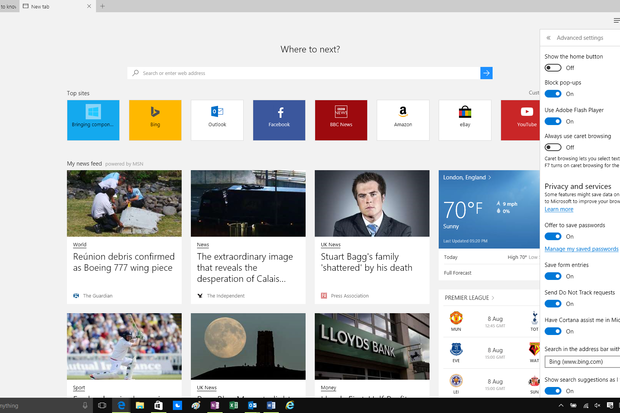Internet Explorer has long been the standard for desktop browsing in businesses. Older versions have persisted for compatibility reasons even as Microsoft has tried to get users and enterprises to upgrade to more recent releases.
In fact, many businesses have standardized on older versions of Internet Explorer for line-of-business applications that rely on ActiveX, VBScript, Browser Helper Objects or specific document modes in IE. Chris Jackson, software architect at Microsoft, said in a talk at TechEd Europe 2014 that, as of October of that year, roughly 70% of enterprise Web apps had to be run in IE5Quirks mode(a technique for maintaining backward compatibility with older websites).
As a result, many companies have had to continue using IE while also providing a second, more modern browser that employees can use for most of their online work --like Chrome.
After years of trying to address that trend by ensuring backward compatibility in new versions of IE, Microsoft has changed its approach inWindows 10by introducing a new default browser: Edge. Internet Explorer is still present, but it's relegated to a legacy browser that will get only security updates, not new features.
Edge is based on a stripped-down, heavily rewritten version of Microsoft'sTrident rendering enginethat drops Microsoft’sCSS vendor prefixesand technologies like ActiveX plugins, and adds support for both HTML 5 standards and the vendor prefixes used on many mobile-optimized sites. It runs as a universal app, so it's in the most restrictive sandbox Windows has, with no binary plugins or add-ons except for Flash (which is automatically updated), all of which should improve security.
If businesses are going to have a dual browser policy, Microsoft is hoping that they will choose to have both browsers come from Microsoft. But is Edge ready for its new role? And what will supporting it mean?






